The humble carrot is a kitchen and garden staple. It’s often one of the first vegetables on a gardener’s growing list but one of the last for a garden seed saver. The problem is where carrot seeds come from, or more accurately – when carrots go to seed.
Unlike cucumbers, squash, and tomatoes carrots don’t contain seeds, at least the carrot root – the part we usually eat – doesn’t contain seeds. The carrot plant will seed by eventually growing flowers from its healthy green tops, just like lettuces or radishes. There’s a complication though.
You collect seeds from carrots in their 2nd year…
Carrots are biennial vegetables, which means that their life cycle is two years long. Gardeners grow and harvest carrots to eat within one growing season. But, for carrots to complete their natural growing cycle they need to be left in the ground, or re-planted (which we’ll get to later). In their 2nd year, carrots will flower and produce seeds. These nutritious orange gems aren’t the only biennial vegetable, so too are cabbages, beets, celery, kale, and turnips.
If you are planning to save seeds, there’s a key point to remember. Choose an open-pollinated or heirloom variety when you are planting. These varieties will stay true when you harvest the seeds and replant them in subsequent years, in most cases. This means your future crops will be very similar in size, taste, and overall behavior to your original first planting.
In contrast, when you buy and plant hybrid seeds these are designed for a single crop, if you harvest the seeds from these plants they may not germinate or stay true to variety even if they do grow.
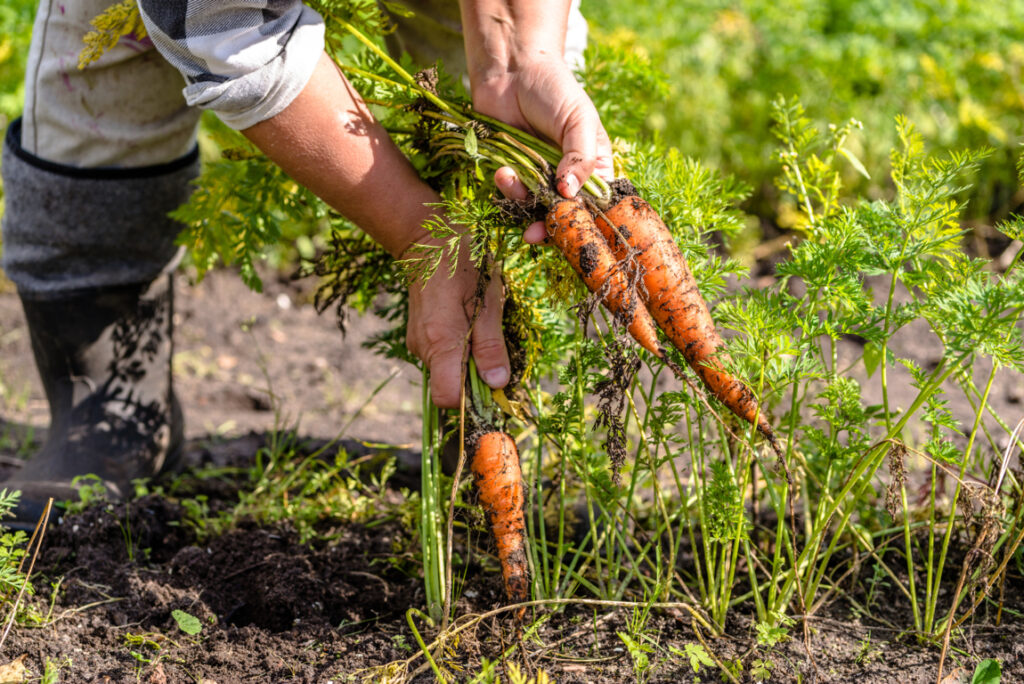
So, exactly how do you get seeds from a carrot?
Here’s a quick overview of the life cycle of a carrot, from growing seeds to collecting seeds
1) Planting carrot seeds
Carrots are a cool-season crop, they grow better in spring and in fall and may slow or stall their growth during the hot summer months. Seeds can be sown 2-3 weeks before the last frost if they have some protection should temperatures drop, or immediately after your last frost. Carrots are most often planted directly in the ground but will easily tolerate being grown in raised beds and even pots. Carrots do like to be planted in finer, looser soil. When tiny carrots have to navigate tougher, thicker, clumpier soil to grow you’ll find yourself harvesting some quite weird and wonderful shapes.

An important point for carrot seed saving – choosing where and what to plant
If you are planning to let some of your carrots go to seed, and save the seeds, you also need to understand cross-pollination. If you grow a number of varieties of carrots your garden pollinators will visit all of them, and your seeds may be pollinated by another variety that you grow.
If you want to harvest seeds from one pure variety (in order to continue the same crop in future years) you’ll need to consider either growing just one variety to prevent cross-pollination. Though an alternative is to isolate your varieties a sufficient distance away from one another, this can be difficult depending on the size of your garden.
Domestic varieties of carrots can also cross-pollinate with Queen Anne’s lace (Daucus carota), the wild carrot, and the ancestor of the domestic carrot. So you’ll also need to be careful if you have Queen Anne’s lace growing wild in or near your garden.
2) Germination
Carrot seeds take 2-3 weeks to germinate and then form their tap root, the carrot you will eventually eat, and their first leaves. Carrot sprouts are delicate and small so care should be taken while weeding.
3) Growth
You’ll soon start to see healthy bright green carrot tops and beneath the soil, the taproot will be developing into a fat, edible tuber. Depending on how delicate you were with your planting you might need to thin your carrot seedlings to allow the stronger plants room to thrive and grow. Carrots won’t grow well if they are too tightly packed together.
4) Harvest
Subject to the variety you have chosen, carrots will take around 75-80 days to maturity. By this time you should be seeing the carrot’s orange “shoulders,” either above the soil or if you gently dig around the carrot tops.
Many gardeners will harvest their entire crop to eat and not think about seed harvesting. Carrot seeds are relatively cheap and readily available to buy for your next season. But where’s the garden challenge in buying more carrot seeds when you can produce your own and save your money to buy another vegetable variety?
5) The next season – where carrot seeds come from
If you want to produce your own carrot seeds and not just rely on buying them from a store then some carrots need to be allowed to continue to grow into the next year. If carrots are left in the ground to overwinter and the climate is right they will re-grow their tops in spring.
In the 2nd year, carrots will “bolt,” quickly producing a flowering stem and large umbels of flowers that attract pollinators. The umbels will turn into seed heads and in summer the seeds should be harvestable.
Just remember that carrots being grown for seed will need extra space around them in the 2nd year – they can grow quite large, up to four feet tall with a spread of flowers.
The good news is that one carrot left to complete its life cycle can produce as many as 1000 flowers and new seeds!

Getting carrots to seed in warmer or colder climates – replanting carrot tubers in spring
If your winter is particularly cold your carrots might not survive in the frozen earth, though they will tolerate some frost and freezing, especially if you protect them with mulch. Biennial vegetables do need some cold during winter to initiate growth and flowering for the next year, this is known as vernalization.
For cold-climate growers, it is possible to harvest carrot roots, or tubers, and store them inside in a root cellar or a garage. They can then be replanted in spring to allow them to re-grow for seed.
If you are growing in a very warm climate, equally you may need to harvest your carrot tubers and artificially replicate vernalization by storing them in a suitable cold environment, even a refrigerator. In a natural environment, 10-12 weeks of temperatures below 59 degrees Fahrenheit work perfectly and well-mulched or protected carrots may survive in the ground down to about -20 degrees Fahrenheit.
Can you grow a carrot for seed, from a carrot?
Yes! Being able to harvest carrot tubers and set them aside to replant and grow for seed the next year has an advantage. Say you harvested carrots to eat but didn’t end up eating all of them. Well, depending on their condition you can pop them back in the ground in spring and grow carrot seeds, even if you didn’t originally plan to!
Another point to note though, for the very best future crops you should look to save seeds from a number of your healthiest-looking and tastiest carrots. This ensures your carrot’s good genetics are passed to future generations.
Examine all the carrot growing stages here!
How to collect and save carrot seeds
Now you have either left carrots in the ground to seed, or replanted carrot tubers in spring. After around 4-6 weeks you’ll see a flower stalk and then umbels which will blossom with tiny white flowers. Your carrot plants will begin to look like their relative, dill. When the umbels dry and turn brown your seeds will be ready.
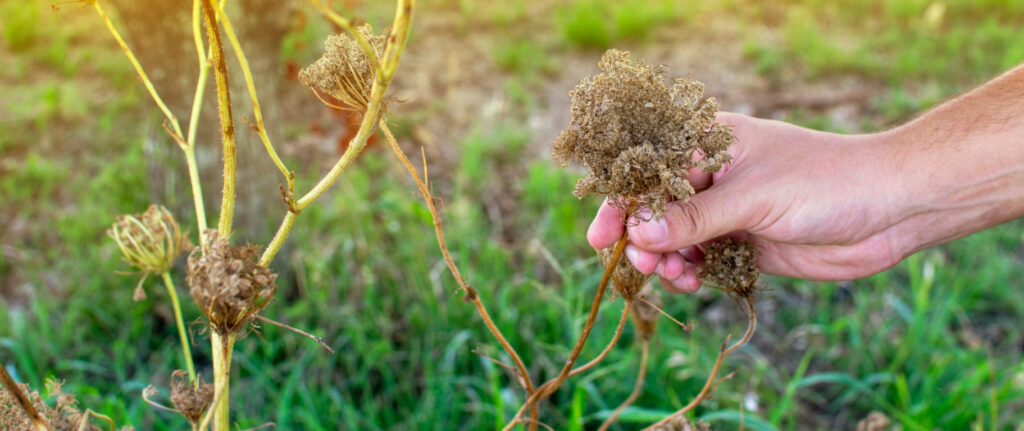
You can cut the seed-filled dry flower heads, the umbels, and pop them into paper bags or spread them on a flat surface. When you know the flower heads are completely dry you can simply rub or shake out the seeds. Any chaff, or debris, from the flower heads, can be discarded and you’ll be left with mostly seeds. A little remaining chaff and dust won’t hurt mixed with your seeds but if you want cleaner seeds there are a number of ways you can continue to remove the chaff.
Your seeds will now be ready to store, but do make sure they are completely dry so they won’t mold when you pack them away. The simplest way to store seeds is in bought or homemade envelopes or in dry glass jars or similar containers. When packed safely, store seeds in a cool, dry place away from direct sunlight.
Depending on the storage conditions your carrot seed collection may stay viable for a number of years. Good quality, well-stored carrot seeds are usually viable, meaning they will germinate when planted, for around three years.
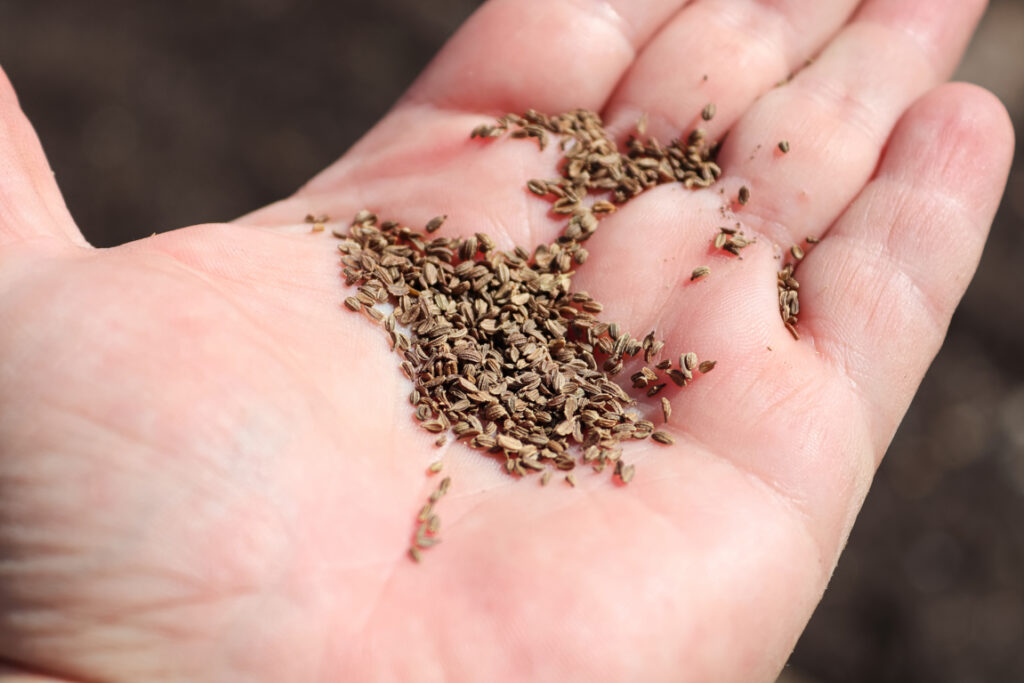
That’s it, you should now have a headstart on collecting carrot seeds for your future crops, the complexity of where do carrot seeds come from, and when has an answer. True, it’s a little bit of extra work to save or replant carrots for seed, but the reward is great.
Allowing just a handful of carrots to go to seed will reward you with quite literally thousands of carrot seeds to harvest. Not only have you secured the ability to produce your own carrot crop for the next season, but your garden will also benefit from beautiful carrot flowers and the pollinators they attract.


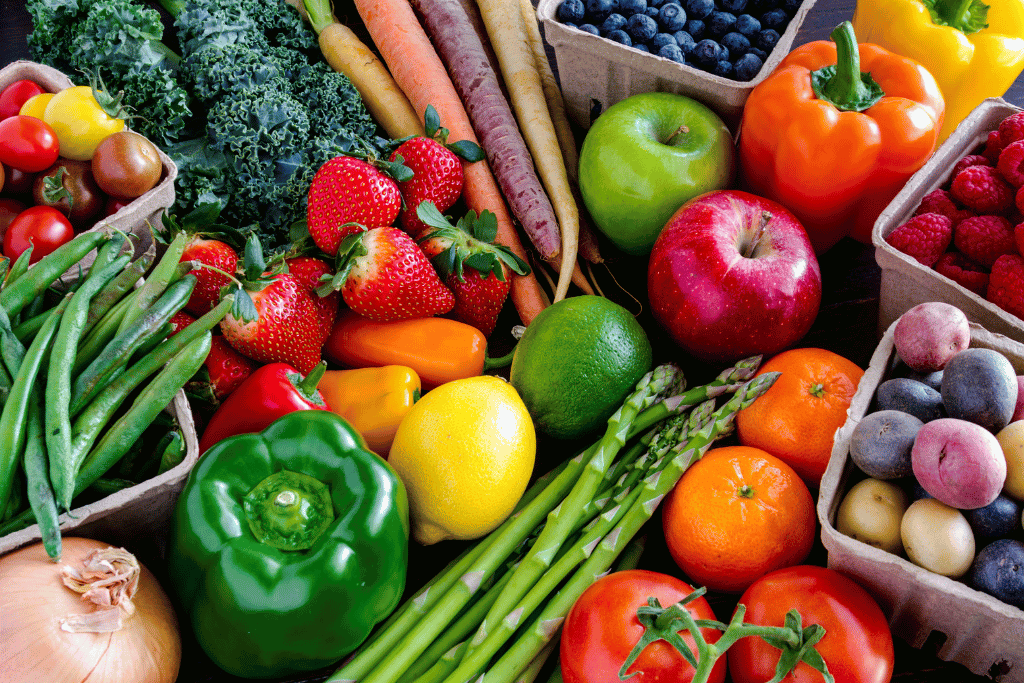
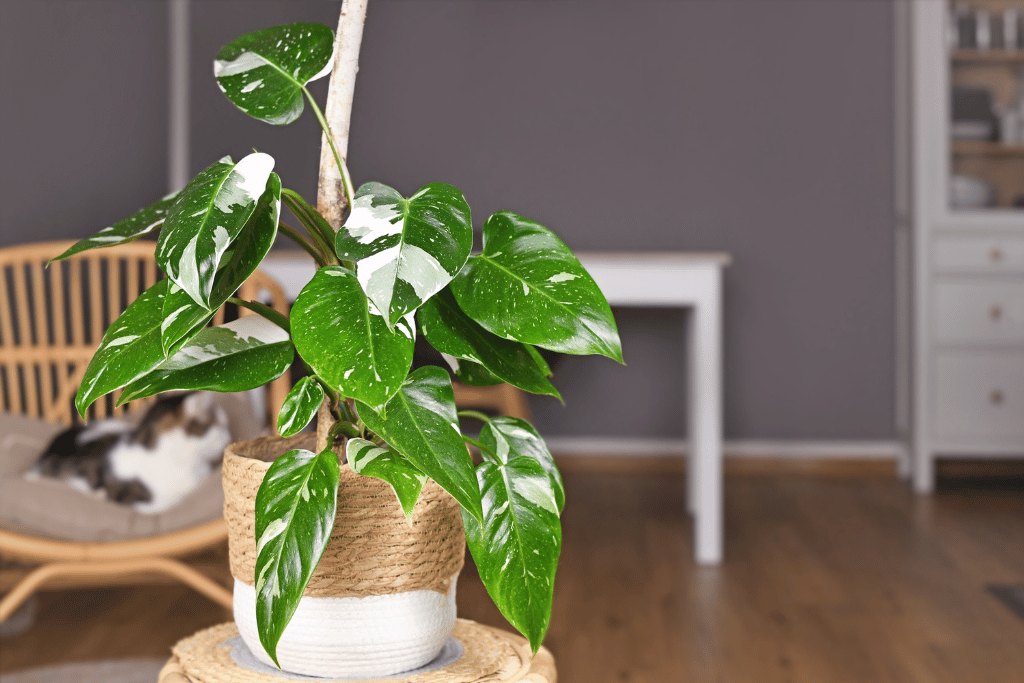
Pingback: Where Do Carrot Seeds Come From - Back Gardener